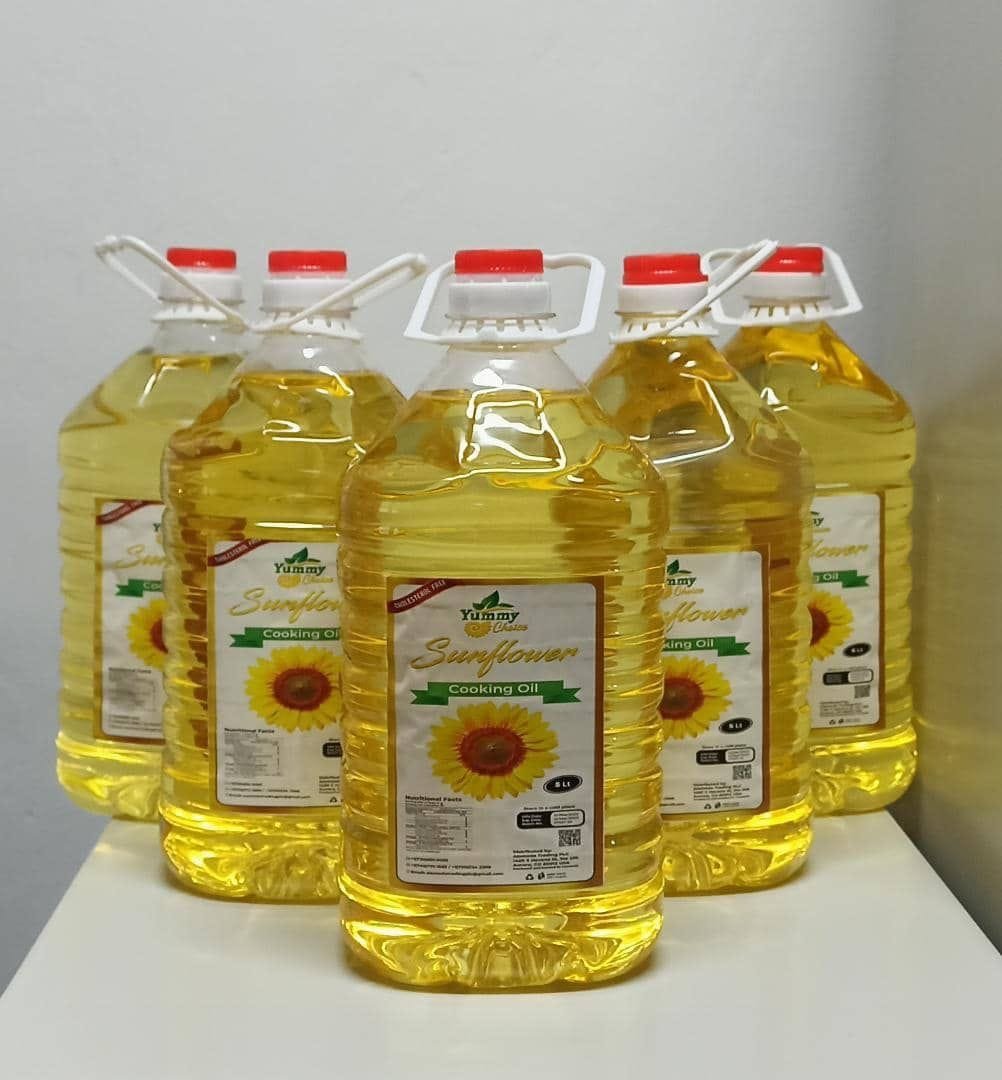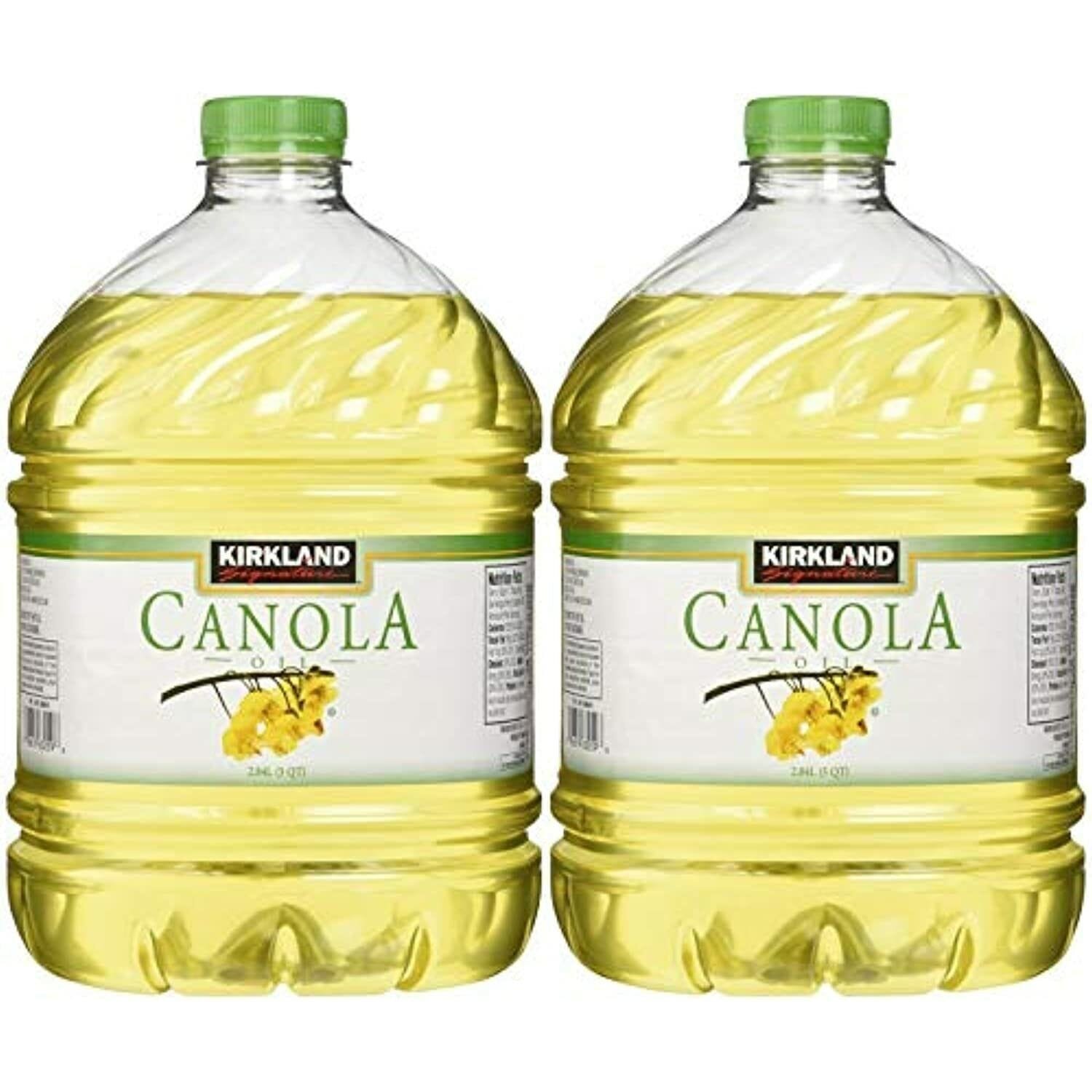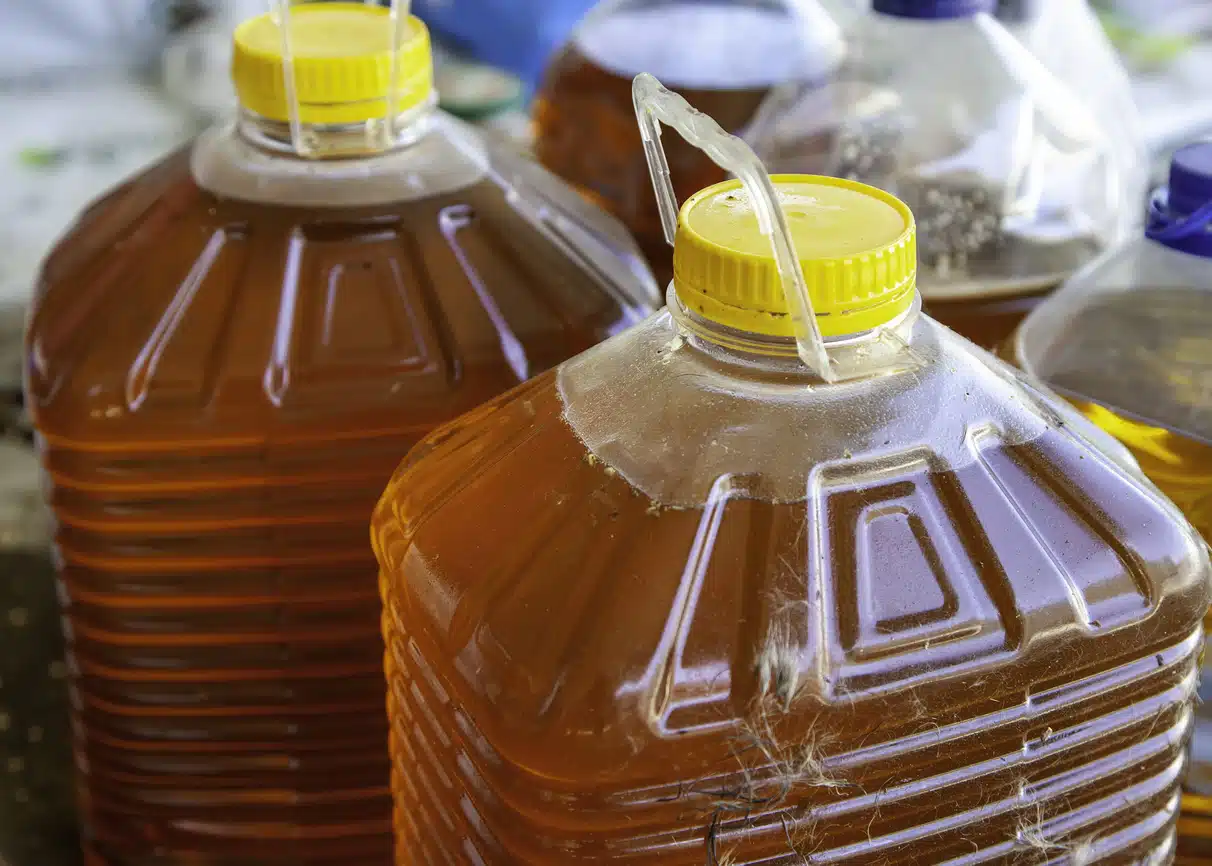Types of Cooking Oils are an essential component of culinary practices around the world. They add flavor, assist in cooking processes, and provide necessary fats in our diet. This blog will explain the various types of cooking oils, including olive oil, canola oil, sunflower oil, and others, and their specific uses in cooking and baking.

Types of Cooking Oils Olive Oil
Types and Uses of Olive Cooking Oils
Firstly, Olive oil comes in several varieties, including extra-virgin, virgin, and light olive oil. More so, Extra-virgin olive oil is made from pure, cold-pressed olives, making it the highest quality and most flavorful. It’s best used in dressings, dips, and drizzles due to its rich taste. Virgin olive oil, also cold-pressed but slightly lower in quality, used for sautéing and roasting. Also, Light olive oil, which is more refined, is suitable for high-heat cooking and baking.
Health Benefits
Furthermore, Olive oil is rich in monounsaturated fats and antioxidants, which contribute to heart health and reduce inflammation. Moreover, also known for its potential to lower bad cholesterol levels and protect against chronic diseases.
Canola Oil
Types of Cooking Oils and Uses
Canola oil, derived from the rapeseed plant, is versatile and widely used due to its neutral flavor and high smoke point. Thus, It’s ideal for frying, baking, and sautéing. Moreover, Its light texture makes it a good choice for baking cakes, muffins, and other baked goods where a neutral taste is desired.
Health Benefits
In other words, Canola oil is low in saturated fats and high in omega-3 fatty acids, making it a heart-healthy option. It also contains vitamin E, which has antioxidant properties.
Sunflower Oil
Types and Uses
Secondly, Sunflower oil extracted from sunflower seeds and is available in different forms, including high-oleic and regular sunflower oil. High-oleic sunflower oil has a higher content of monounsaturated fats and is excellent for high-heat cooking, such as frying. Regular sunflower oil, which is lower in monounsaturated fats, is suitable for sautéing and baking.
Health Benefits of Types of Cooking Oils
For instance, Sunflower oil is rich in vitamin E and low in saturated fat, contributing to cardiovascular health. The high-oleic variant also offers stability at high temperatures, making it a healthier choice for frying.
Coconut Oil
Types and Uses
Above all Coconut oil derived from the meat of coconuts and is available in refined and unrefined (virgin) forms. Also Virgin coconut oil retains a strong coconut flavor and is ideal for baking and recipes that benefit from its distinct taste. Refined coconut oil has a neutral flavor and higher smoke point, suitable for frying and sautéing.
Health Benefits
Coconut oil is high in saturated fats, particularly medium-chain triglycerides (MCTs), which are believed to provide quick energy and support metabolic health. However, it should be consumed in moderation due to its high saturated fat content.
Types of Cooking Oils – Avocado Oil
Types and Uses
Subsequently Avocado oil, pressed from the flesh of avocados and has a high smoke point, making it excellent for frying and grilling. Hence, It has a mild, buttery flavor that complements dressings, marinades, and sautéed dishes.
Health Benefits
To sum up Avocado oil is rich in monounsaturated fats and vitamin E, which contribute to heart health and provide antioxidant benefits. It also contains lutein, which is beneficial for eye health.
Types of Cooking Oils – Grapeseed Oil
Types and Uses
Grapeseed oil is extracted from grape seeds, a byproduct of winemaking. Furthermore It has a high smoke point and neutral flavor, making it versatile for frying, baking, and sautéing. It is also popular in salad dressings and marinades.
Health Benefits
Grapeseed oil is high in polyunsaturated fats and vitamin E. Its omega-6 fatty acids can be beneficial when consumed in balance with omega-3 fatty acids.
Peanut Oil
Types and Uses
Peanut oil, made from pressed, steam-cooked peanuts and is commonly used in Asian cuisine for its high smoke point and nutty flavor. It’s ideal for frying and sautéing, especially for dishes like stir-fries and deep-fried foods.
Health Benefits
Peanut oil is high in monounsaturated fats and resveratrol, a compound that has antioxidant properties and may reduce the risk of cardiovascular disease.
Types of Cooking Oils – Sesame Oil
Types of Cooking Oilsand Uses
Sesame oil comes in light and toasted varieties. Light sesame oil has a high smoke point, making it suitable for frying and sautéing. Toasted sesame oil has a strong, nutty flavor and typically used as a finishing oil in Asian dishes, dressings, and marinades.
Types of Cooking Oils Health Benefits
Sesame oil is rich in antioxidants, including sesamol and sesamin, which can support heart health and reduce inflammation. It also contains healthy fats that contribute to overall wellness.
Other Types of Cooking Oils
Understanding the different types of cooking oils and their uses can significantly enhance your cooking and baking.
Whether you’re looking for the robust flavor of extra-virgin olive oil or the high-heat stability of canola oil, choosing the right oil can elevate your dishes and contribute to a healthier diet.
Each oil offers unique properties and benefits, making them valuable staples in any kitchen.
Flaxseed Oil
- Uses: Salad dressings, smoothies, and drizzling over dishes.
- Benefits: High in omega-3 fatty acids, promoting heart health. Not suitable for high-heat cooking.
- Flavor: Slightly nutty and earthy taste.
Butter (Clarified/ Ghee)
- Uses: Baking, frying, and in sauces.
- Benefits: Clarified butter (ghee) has a higher smoke point and is rich in vitamins A, D, and E.
- Flavor: Rich, creamy, and slightly nutty flavor (especially in ghee).
Almond Oil
- Uses: Baking, sautéing, and salad dressings.
- Benefits: High in monounsaturated fats and vitamin E. Great for skin health as well.
- Flavor: Light, sweet, nutty flavor.
Walnut Oil
- Uses: Salad dressings, drizzling over finished dishes, and in some desserts.
- Benefits: Rich in omega-3 fatty acids and antioxidants. Best used in low to medium heat cooking.
- Flavor: Earthy, nutty flavor.
Hemp Seed Oil
- Uses: Salad dressings, drizzling over dishes, and smoothies.
- Benefits: High in omega-3 and omega-6 fatty acids. Supports brain and heart health.
- Flavor: Nutty, grassy flavor.
Corn Oil
- Uses: Deep frying, sautéing, and baking.
- Benefits: Affordable and widely available. High smoke point for frying.
- Flavor: Mild, neutral taste.
Rice Bran Oil
- Uses: Stir-frying, deep frying, and sautéing.
- Benefits: High in antioxidants, such as oryzanol, and has a high smoke point.
- Flavor: Mild and light, perfect for frying and stir-frying.
Truffle Oil
- Uses: Drizzling over pasta, pizza, and salads.
- Benefits: Adds luxurious flavor and richness to dishes.
- Flavor: Strong, earthy, and aromatic truffle flavor.





